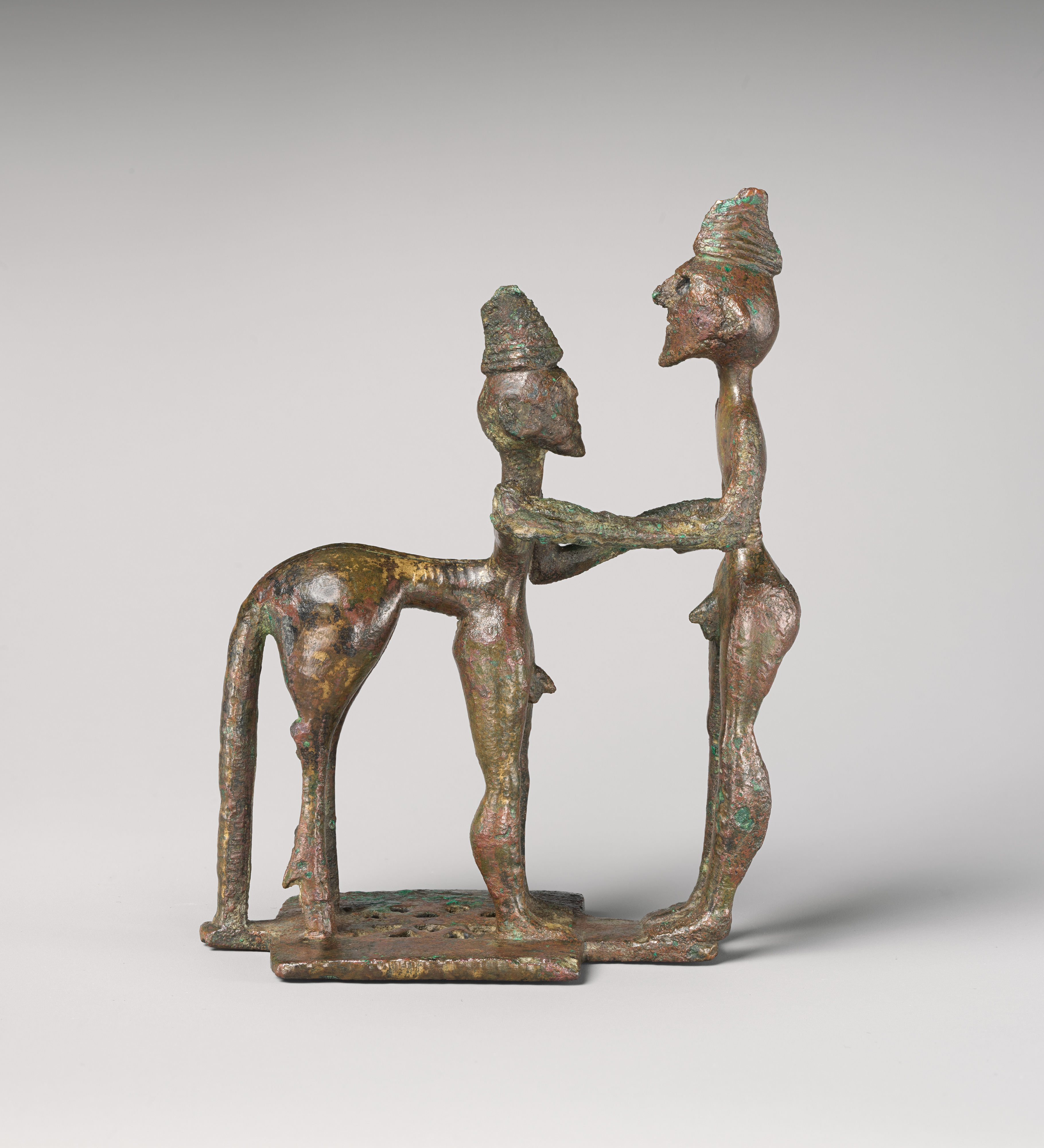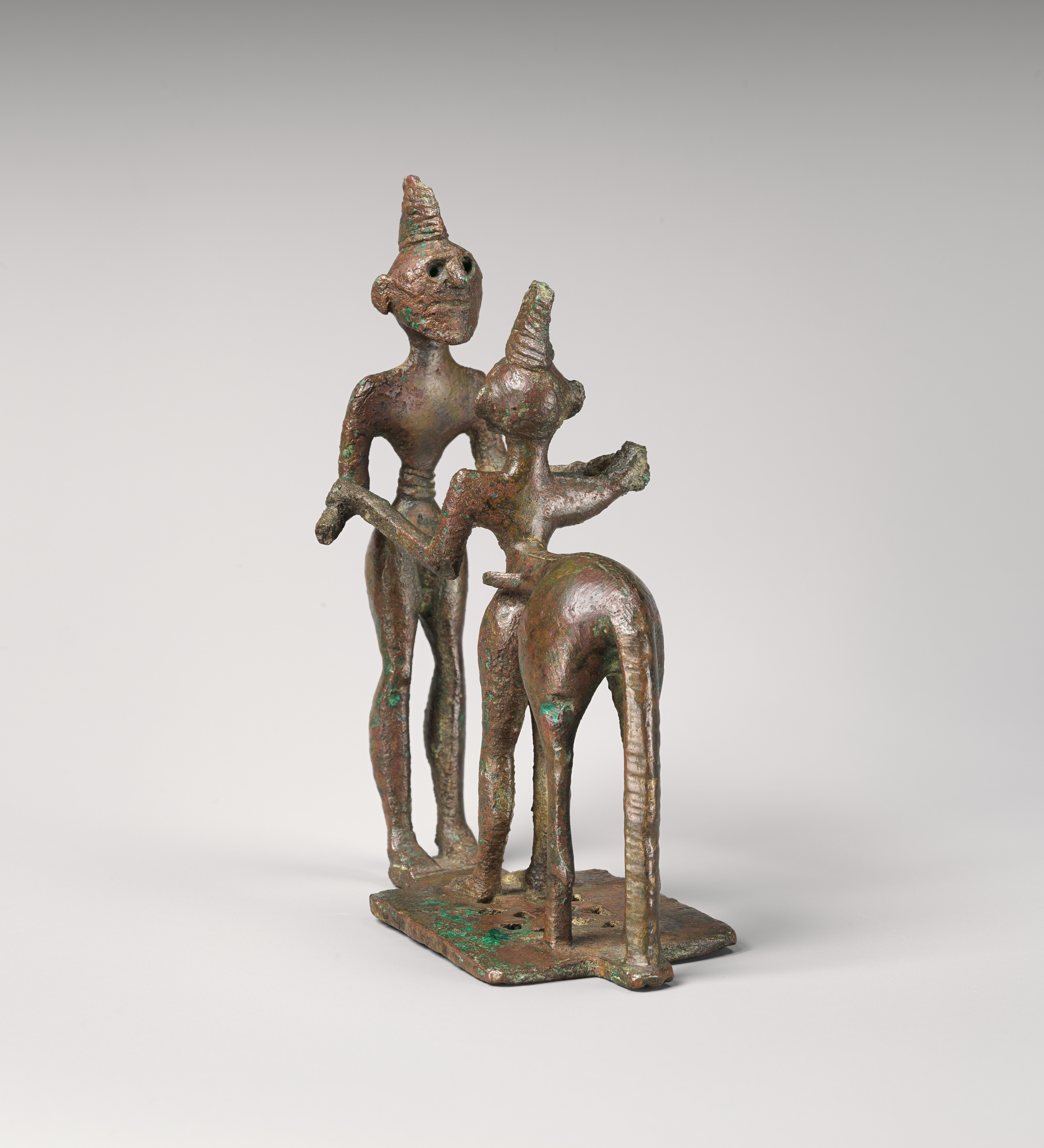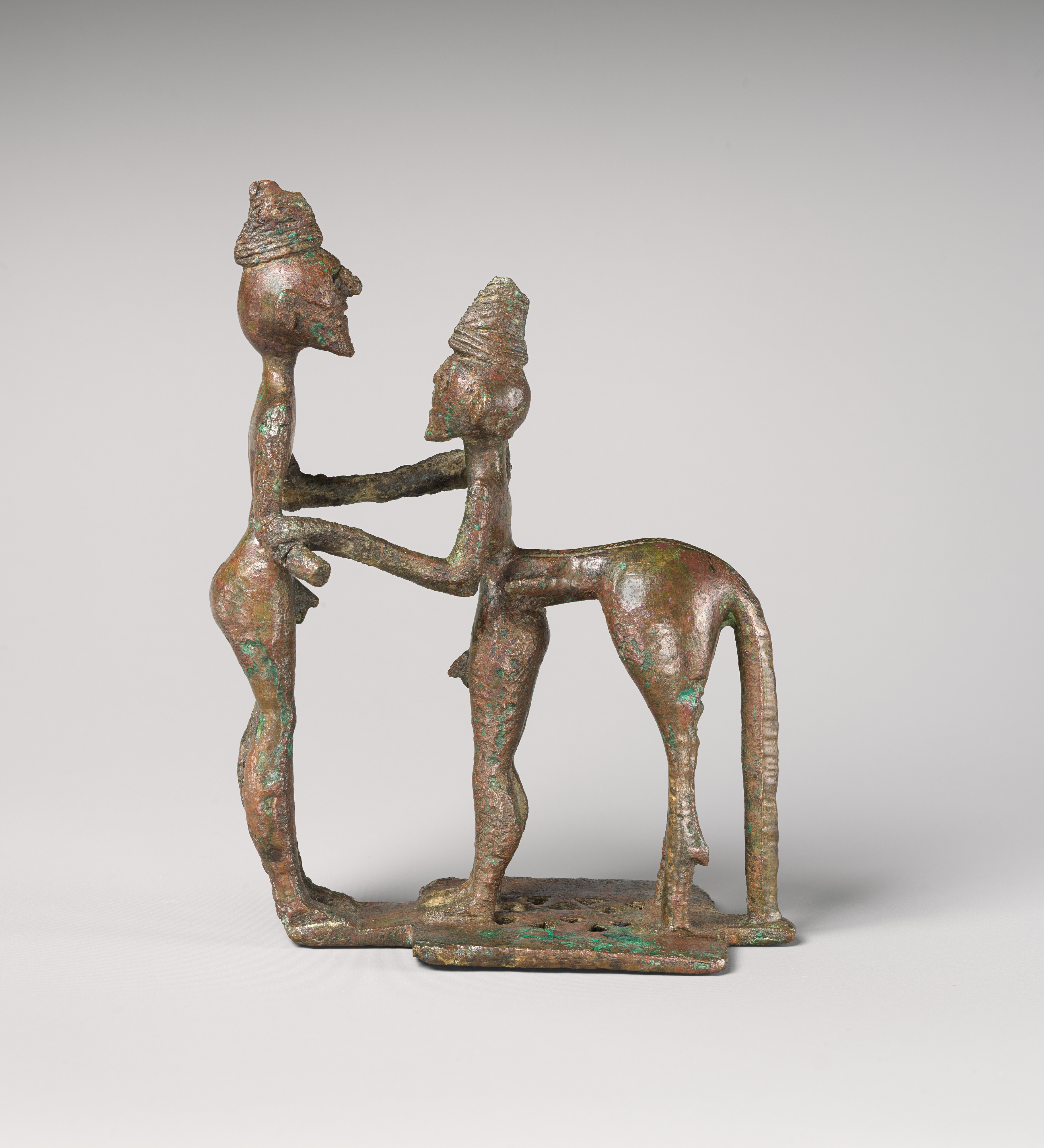The centaur is pitched up and has grabbed the Lapith by the upper body. A centaur was a creature from Greek mythology which was half-man and half-horse.

Bronze Man And Centaur Greek Geometric The Metropolitan Museum Of Art
In Greek mythology Centaurs or Kentauroi are half-man half horse creatures that inhabited the mountains and forests of Thessaly.

. Terracotta terra cotta or terra-cotta pronounced ˌtɛrraˈkɔtta. Despite the bestial and lustful. Centaurs were said to be primal existing in tribes and making their homes in caves hunting wild animals and arming themselves with rocks and tree branches.
He pulls his opponent violently backwards trying to flee. The head arms and torso of a centaur were human and joined at the waist to the body and legs of a horse. On the southern metope VI an old man apparent wrinkles flaccid skin and drooping tail Centaur on the right is opposed to a young Lapith wearing a cloak.
In applied art craft construction and architecture terracotta is the term normally used for sculpture made in. Baked earth literally cooked earth from the Latin terra cocta in its material sense as an earthenware substrate is a clay-based unglazed or glazed ceramic where the fired body is porous. They represented barbarism and unbridled chaos and were frequently represented in Greek architectural sculpture and pottery decoration.

Ebros Large Classical Greek Mythology God Half Man Half Horse Mortal Combat Centaur And Lapiths Metope Wall Hanging Plaque Decor Statue 16 25 Tall Collection Roman Greco Olympian Gods 3d Sculpture Amazon Co Uk

Man Fighting Centaur Statue Photo Free Art Image On Unsplash Art Statue Mythology

Bronze Man And Centaur Greek Geometric The Metropolitan Museum Of Art

What Do I Know Man And Centaur

Bronze Man And Centaur Greek Geometric The Metropolitan Museum Of Art
Archaic And Geometric Greek Art

Bronze Man And Centaur Greek Geometric The Metropolitan Museum Of Art
Ipernity Bronze Man Centaur In The Metropolitan Museum Of Art July 2007 By Laurieannie
0 comments
Post a Comment